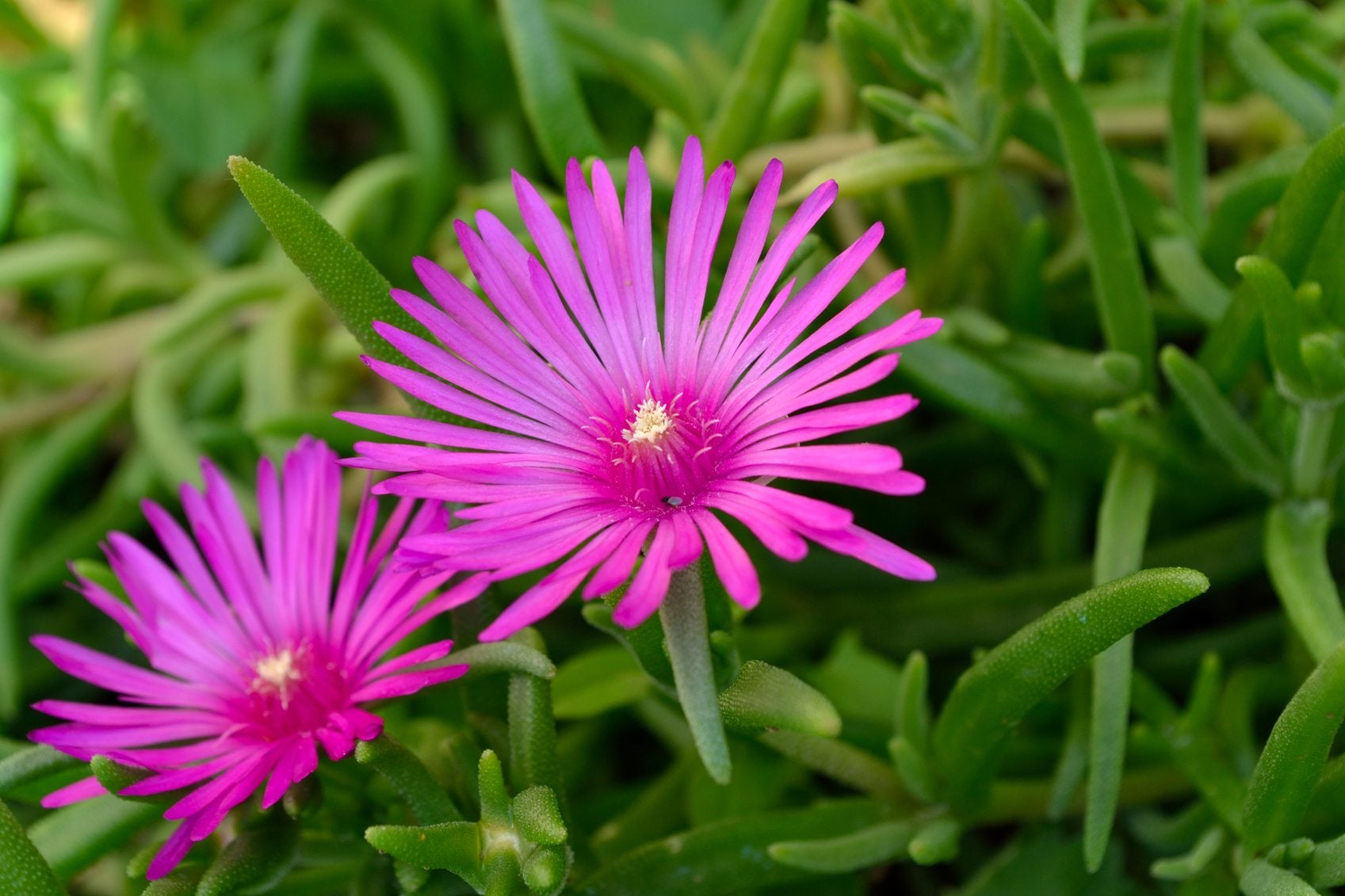Zone 3 Hardy Succulents – Tips On Growing Succulent Plants In Zone 3


Succulents are a group of plants with special adaptations and include the cactus. Many gardeners think of succulents as desert plants, but they are remarkably versatile plants and can acclimatize to many different regions. Surprisingly, these xeriscape darlings may also thrive in wet regions like the Pacific Northwest and even cold places such as zone 3 regions. There are several zone 3 hardy succulents that can withstand winter temperatures and excess precipitation. Even zone 4 plants may thrive in a lower region if they are in a protected area and freezing durations are brief and not deep.
Hardy Outdoor Succulents
Succulents are endlessly fascinating due to their broad range of form, color, and texture. Their unfussy nature also makes them a gardener favorite and adds an interesting touch to the landscape even in non-desert zones. Succulents may be hardy in USDA zones 3 to 11. The cold tolerant forms, or zone 3 hardy succulents, benefit from a full sun location with some shelter from wind and thick mulch to preserve moisture and protect roots. There are a lot of hardy outdoor succulents, such as yucca and ice plant, but only a couple that can withstand temperatures of -30 to -40 degrees F. (-34 to -40 C.). These are the average low temperatures in the zone 3 regions and include ice, snow, sleet, and other damaging weather phenomena. Many succulents are shallow rooting, which means their root system can easily be damaged by trapped water turning into ice. Succulents for cold climates must be in well-draining soil in order to prevent ice crystals from damaging root cells. A thick layer of organic or non-organic mulch can act as a blanket over the root zone to protect this crucial area of plant growth. Alternatively, the plants can be installed in containers and moved to an area that doesn't freeze, such as the garage, during cold snaps.
Best Succulent Plants in Zone 3
Some of the best cold-hardy succulents are Sempervivum and Sedum. Hens and chicks are an example of Sempervivum. These are perfect succulents for cold climates, as they can handle temperatures down to -30 degrees F. (-34 C.). They spread by producing offsets or "chicks" and can easily be divided to create more plants. Stonecrop is an upright version of Sedum. This plant has three seasons of interest with attractive, blue-green rosettes and vertical, golden yellow clusters of tiny blooms that become unique dried flowers lasting well into fall. There are many varieties of both Sedum and Sempervivum, some of which are groundcovers and others with vertical interest. Jovibarba hirta plants are lesserknown succulents in zone 3. These are a low, rosette-forming, rosy-pink and green leaved cactus.
Marginal Cold Hardy Succulents
Some species of succulents that are hardy to USDA zone 4 can also withstand zone 3 temperatures if they are in some protection. Plant these in sheltered areas, such as around rock walls or the foundation. Use larger trees and vertical structures to produce microclimates that may not experience the full brunt of winter as forcefully. Yucca glauca and Y. baccata are zone 4 plants that can survive many zone 3 winter experiences if they are babied. If temperatures dip below -20 degrees F. (-28 C.), simply place blankets or burlap over the plants at night, removing them during the day, to protect plants. Other succulents for cold climates might be hardy ice plants. Delosperma produce lovely little flowers and have a low, groundcover nature. Pieces broke off of the plant readily root and produce more of the delicate succulents. Many other succulents can be grown in containers and moved indoors to overwinter, expanding your options without sacrificing prized specimens.
Sign up for the Gardening Know How newsletter today and receive a free copy of our e-book "How to Grow Delicious Tomatoes".

Bonnie Grant is a professional landscaper with a Certification in Urban Gardening. She has been gardening and writing for 15 years. A former professional chef, she has a passion for edible landscaping.